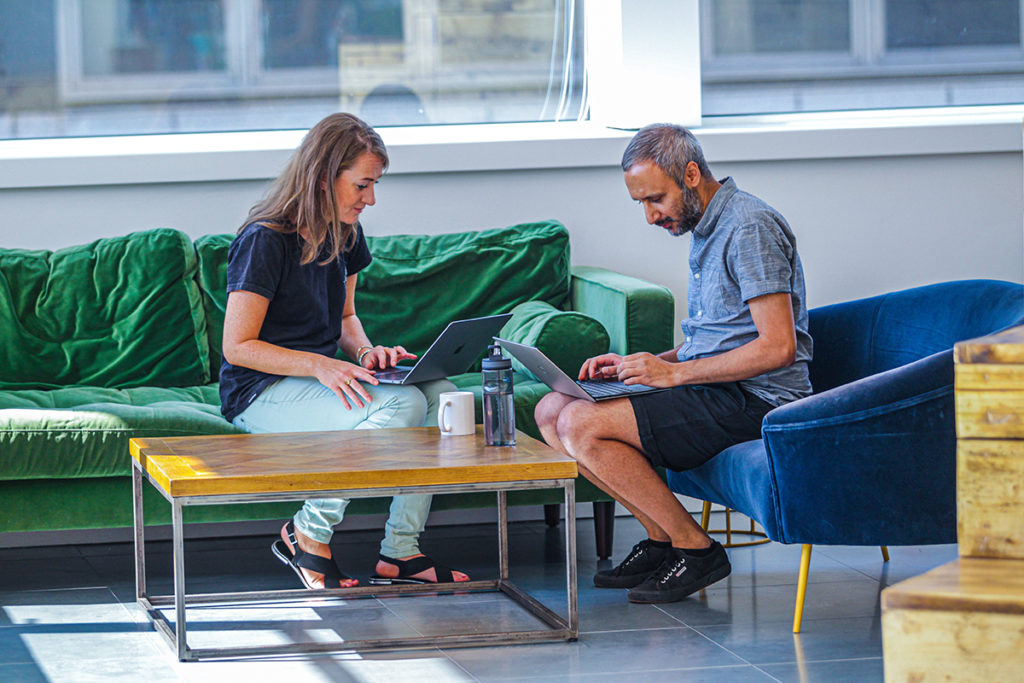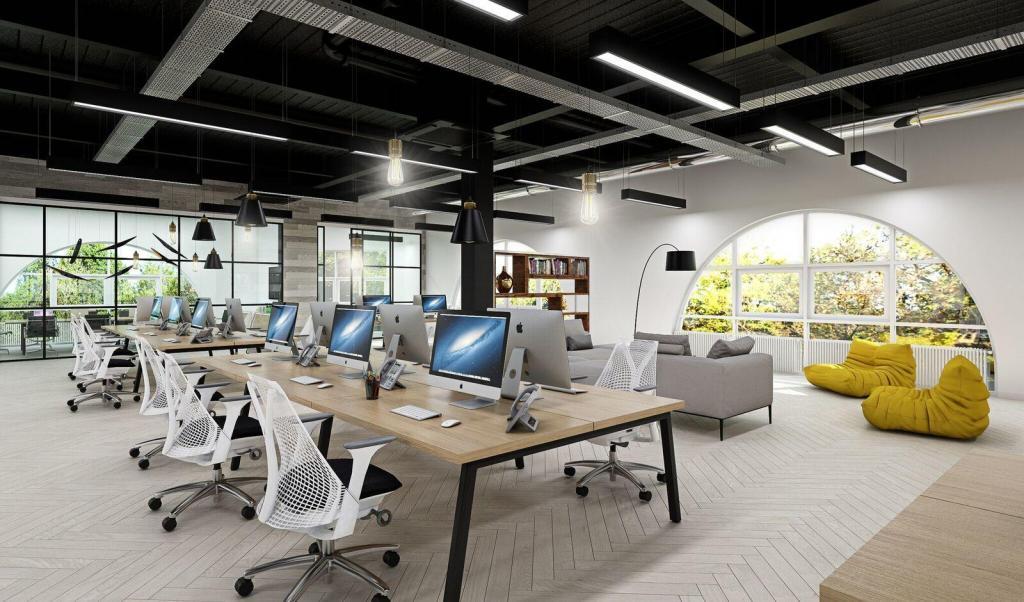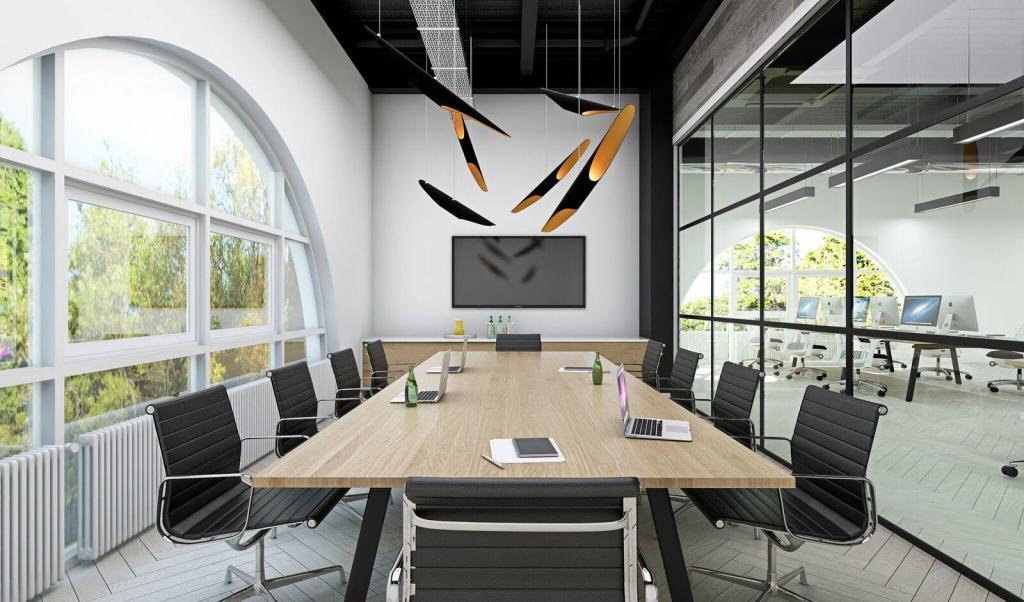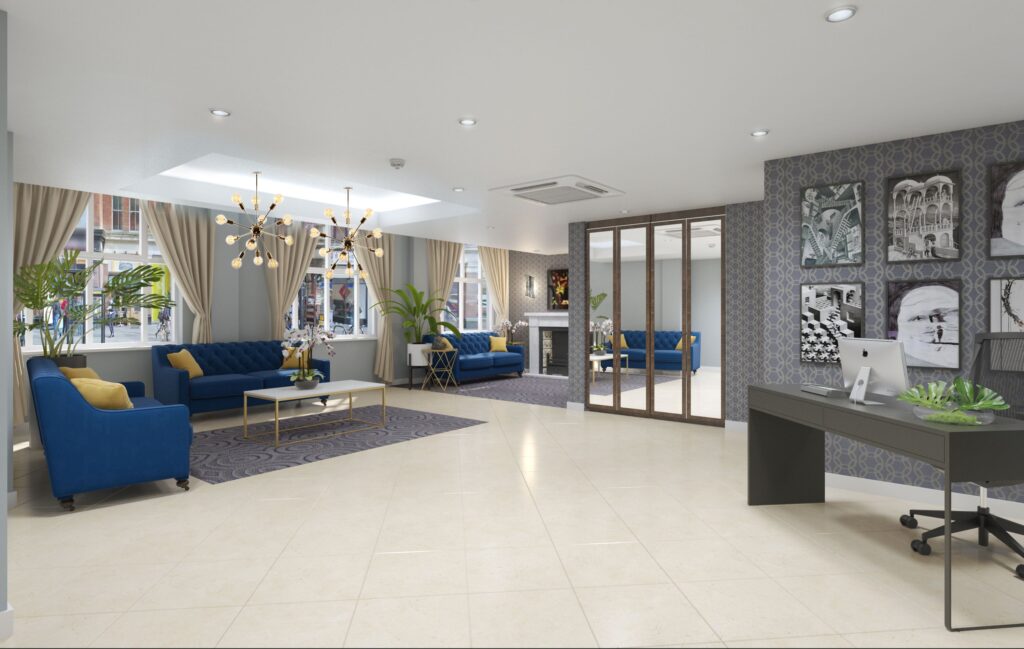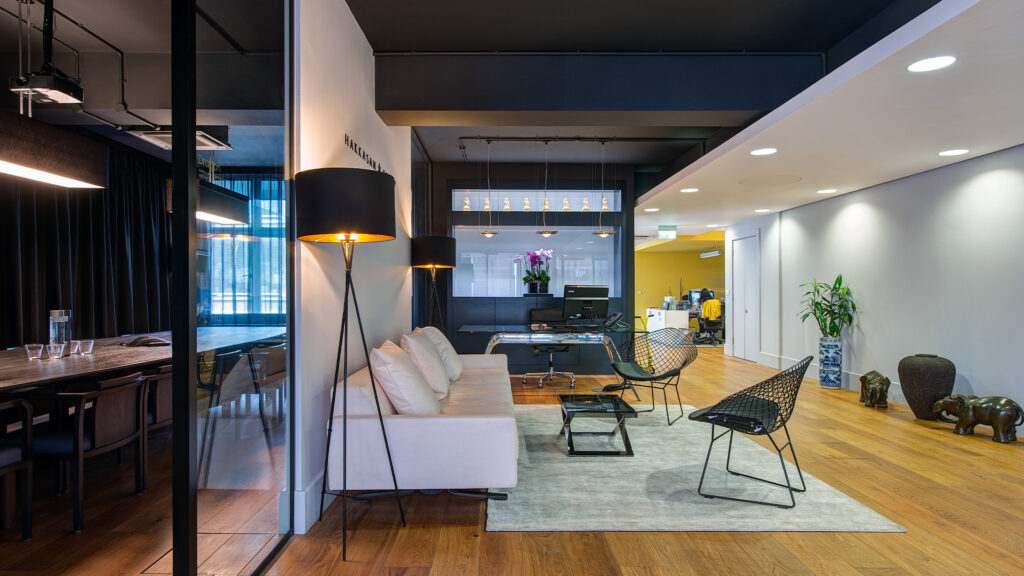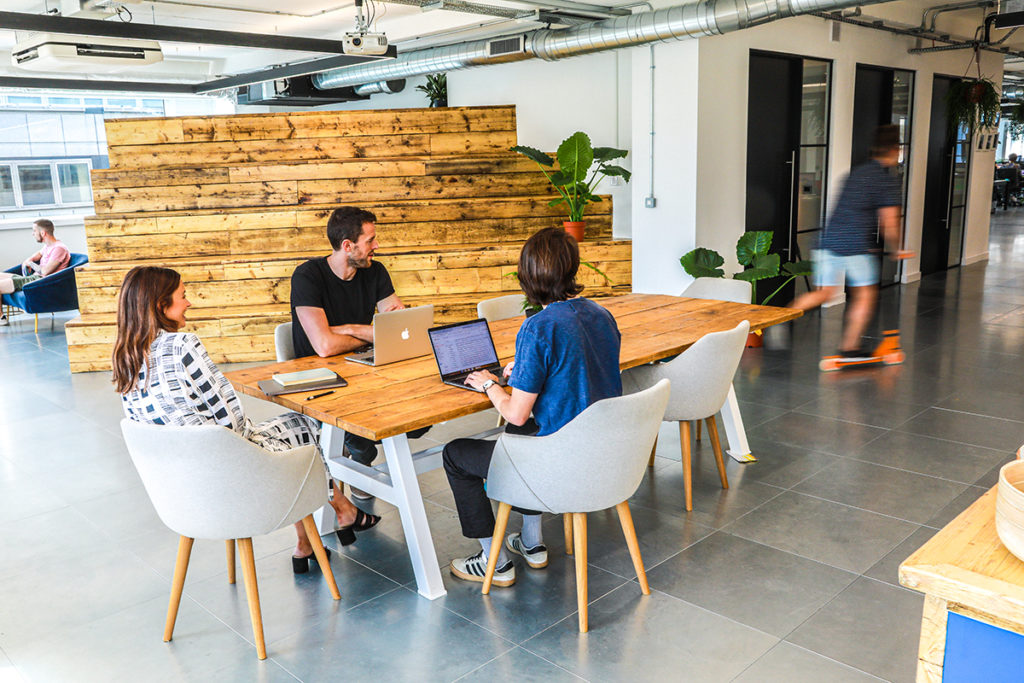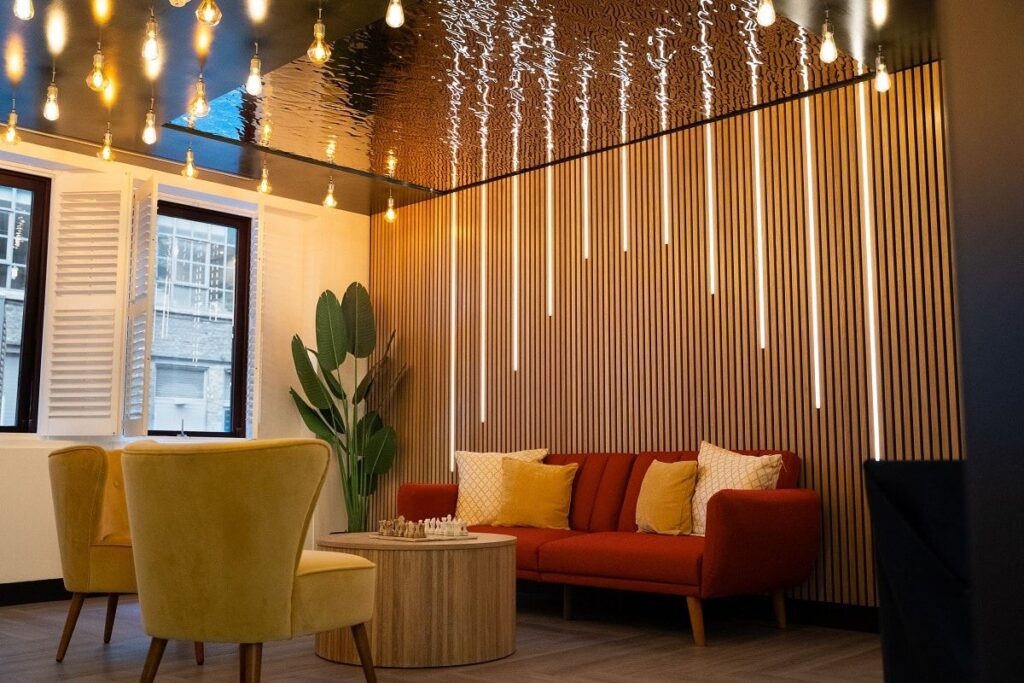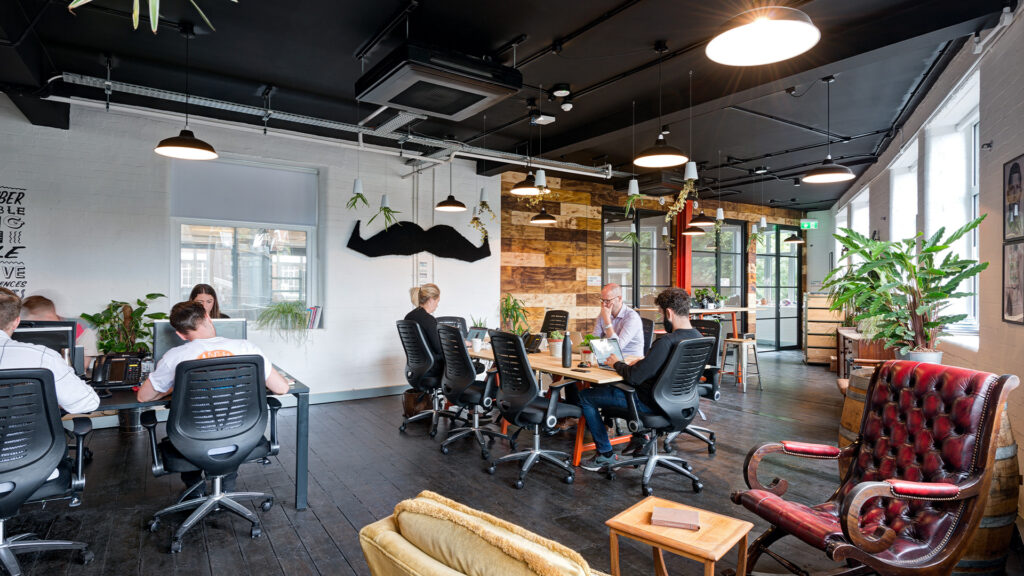Which company is the poster child for future-forward work culture? For many commentators the answer is Google. The tech giant is renowned for its unique policies, which range from free gourmet food to the time they provided a subsidy of $5000 for purchasing a hybrid car in order to inspire their employees to use cleaner and greener technologies.
Google’s culture manifests in their powerful office design. From nap pods to slides between floors, this is an organisation built around play. The culture may raise a few eyebrows, but there’s no denying that Google delivers an office fit out that inspires employees to do their best within office interiors that mirror the personality of the business.
Not everyone can be Google. But moving offices or refurbishing your current office interiors presents the perfect opportunity to explore whether your office design truly reflects the culture of your business. Which begs the question, what is culture and how does it manifest in bricks-and-mortar office design?
Putting the brand stamp on office design
In a nutshell, organisational culture is the sum of all the practices a business wants to promote as its identity, based upon its values and ideals. It’s about creating unique yet unified office interiors where your employees, clients and visitors feel welcome and engaged.
- While many factors can drive and shape a company’s culture, the overriding factors are:
- the type of people who work for you
- the processes by which those people do their work.
Office design for people
Most companies are made up of a heterogeneous bunch of workers—extroverts, introverts, leaders, followers, those who prefer to concentrate in quiet, solitary office interiors and those who prefer a more social setting. Building a culture around people means honouring the needs of the individual. Would sit-stand furniture relieve stress? Would relaxing office interiors fulfil your workers’ emotional needs?
It’s vital to listen to the staff before implement ing a change in your office design. Some people find Google-style playthings gimmicky and a distraction from the values that made them join the company in the first place.
Office design for process
Designing for process means taking a look at how you work now and how you could work in the future to maximise productivity. Doing this with an eye on culture means creating an anchored office fit out that allows a variety of work styles to flourish in the most effective and motivational way.
Process-based office design starts by asking questions. How do people work? How could they interact with each other and their office design for optimum impact? When visitors arrive, can they “feel” the culture in a palpable way? Do your graphics, branding and story nourish and delight your stakeholders? Are they proud to work with you?
Done well, culture-based office design can make your staff feel relaxed and turn your clients into life-long ambassadors for your brand—just the ticket for driving your business into a successful and profitable future.




